Deck & Commander Strategies
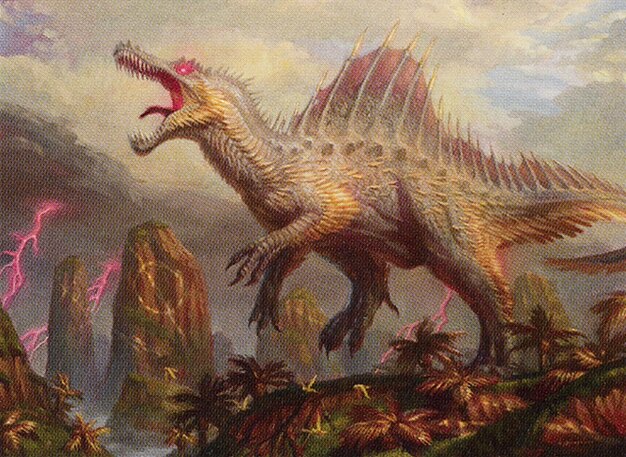
Etali, Primal Conqueror // Etali, Primal Sickness
Utilizes artifact ramp and aggressive creatures to generate treasures and cast high-impact spells early, aiming for explosive combos that generate infinite loops or massive damage.

Urza, Lord High Artificer
Focuses on artifact synergies and mana acceleration, leveraging artifacts for card draw and control, aiming for a combo or control win through Urza's ability.

Imskir Iron-Eater
Leverages artifact count reduction on opponents' boards and artifact synergies to disrupt and control the game state while accelerating mana for impactful plays.
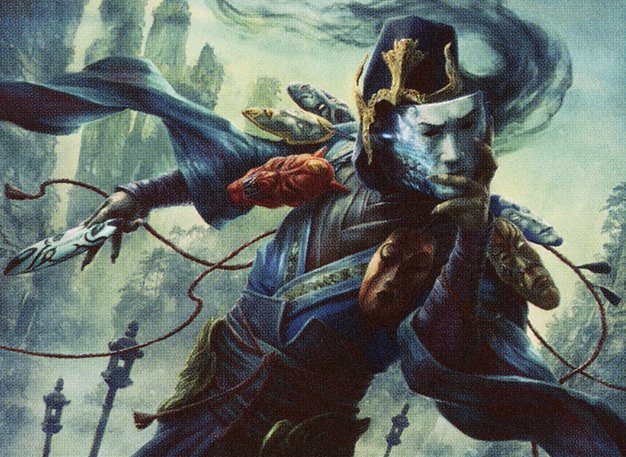
Sakashima of a Thousand Faces
Utilizes cloning and copying effects to replicate powerful creatures or spells, creating value and control opportunities.
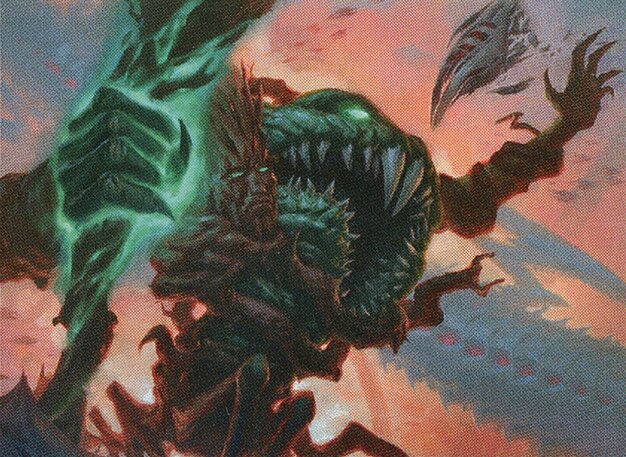
Yargle and Multani
Combines aggressive creature presence with ramp to apply early pressure and sustain board advantage.
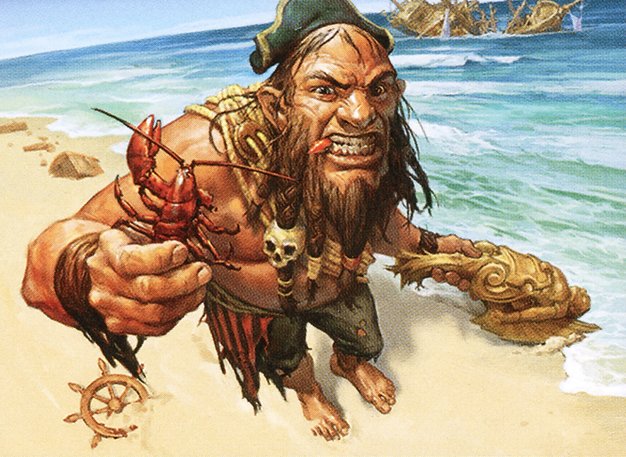
Dargo, the Shipwrecker
Focuses on disruption and destruction of opponents' key permanents, leveraging aggression to control the battlefield.

Heliod, the Radiant Dawn // Heliod, the Warped Eclipse
Uses life gain and creature buffs to establish board dominance and control, often synergizing with enchantments for a resilient board state.
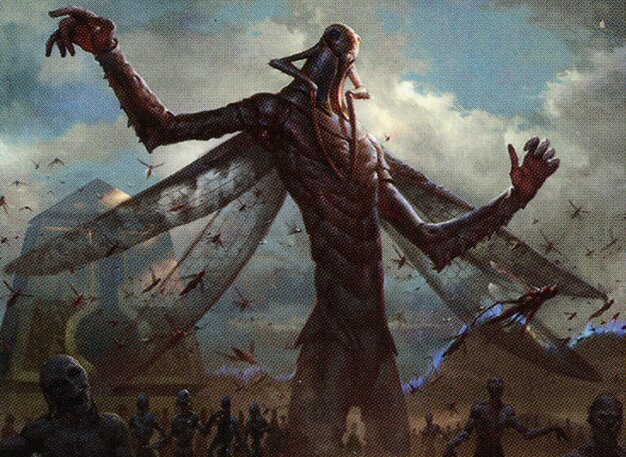
The Locust God
Generates value through drawing cards and producing insect tokens to overwhelm opponents with a swarm strategy.
Gameplay Insights
- 1
Attempting to loop Cthonian Nightmare with Dockside Extortionist and Etali's exile trigger was a game-changing combo attempt, but the interaction was misunderstood, preventing an infinite combo.
- 2
Using artifact-based ramp and mana acceleration early, such as Sol Ring, Mana Crypt, and Chrome Mox, set the stage for explosive plays and quick access to high-impact spells.
- 3
Strategic use of counterspells like Strict Serenade was crucial in interrupting potentially game-winning Doomsday piles and combos.
- 4
Cloning effects with Flesh Duplicate and Sakashima of a Thousand Faces allowed players to maintain board presence and replicate key creatures or combos, adding layers of complexity to the game state.
- 5
The synergy between partner commanders and their complementary colors expanded deck-building options, allowing for powerful and unexpected interactions.
Notable Cards
-

Dockside Extortionist
-
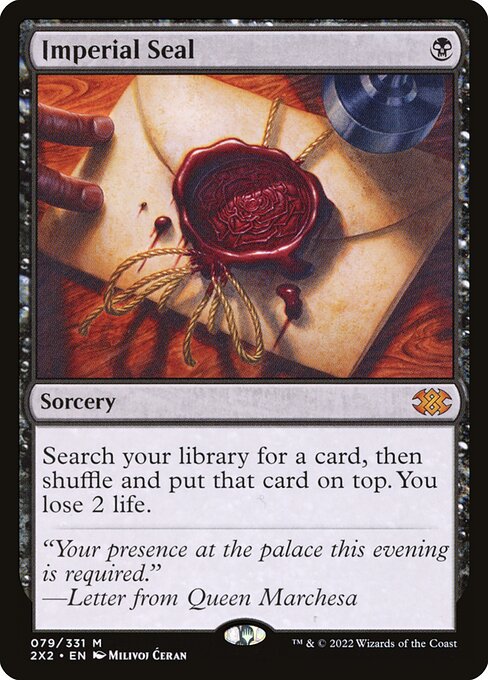
Imperial Seal
-

Sol Ring
-

Mana Crypt
-

Chrome Mox
-
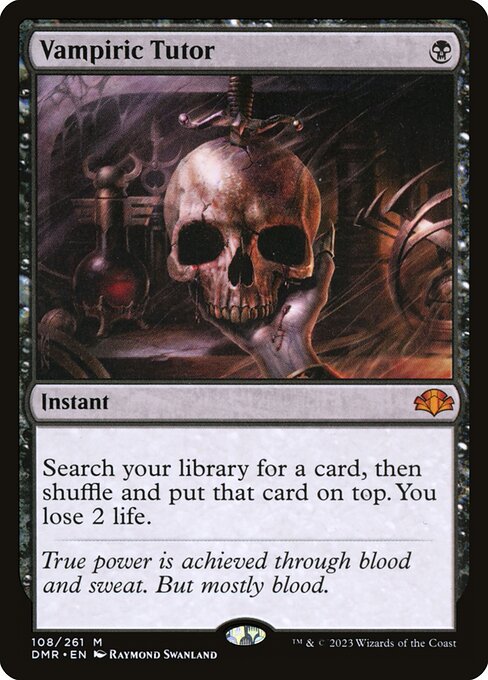
Vampiric Tutor
-
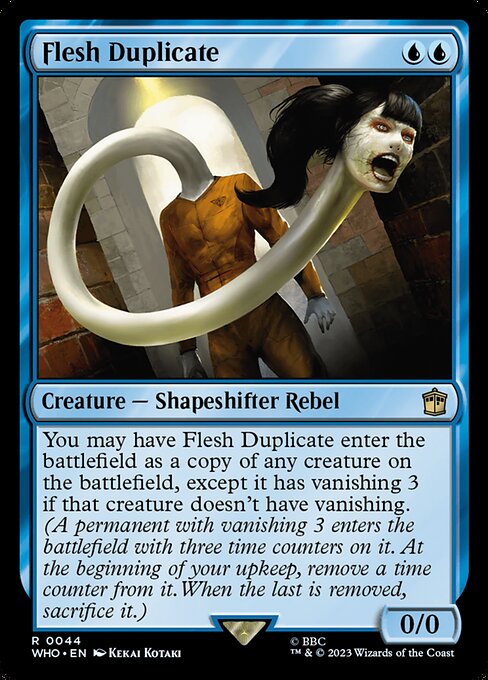
Flesh Duplicate
-
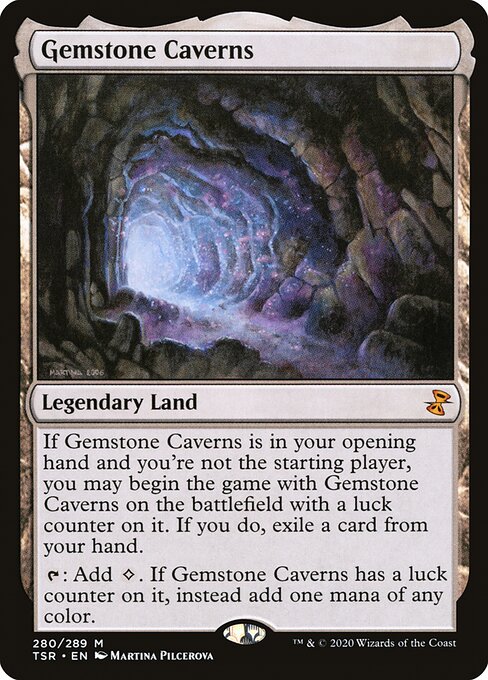
Gemstone Caverns
Gameplay Summary
The game started with a high-powered opening from Alex, piloting a partner pair with Etali, Primal Conqueror, who was given blue as a partner.
He leveraged artifact synergies and multiple spells to try and loop an infinite combo involving Cthonian Nightmare and Dockside Extortionist to generate an overwhelming number of treasure tokens and damage.
However, a misinterpretation of Cthonian Nightmare's triggered ability prevented the infinite loop, though the game was already heavily swung in Alex's favor.
Despite not winning immediately, this explosive start set a precedent for the game's pace. The second game progressed more methodically with players casting key ramp artifacts like Sol Ring, Mana Crypt, and Moxes, and deploying their commanders.
Wyatt’s Urza and Imskir Iron-Eater deck focused on artifact-based synergy and control, while Jackson’s Yargle and Multani deck leveraged aggressive mana ramp and artifact utility.
A notable moment was when a Doomsday pile was attempted but countered by a timely Strict Serenade, showing the importance of interaction in a fast-paced cEDH environment.
Flesh Duplicate and other cloning effects were used to maintain board presence and threaten opponents strategically.
The game demonstrated the intricate balance between explosive combos and interactive plays in multiplayer cEDH format with partner commanders.



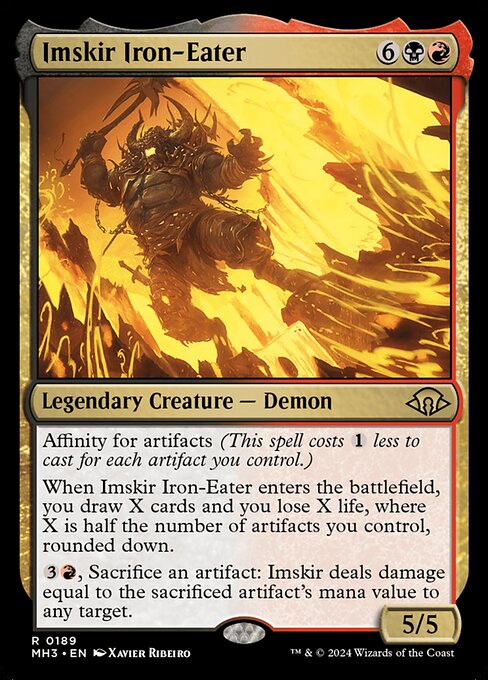








































![There's a BLOOD MOON on the rise [S1G9] MAGDA v KRARKASHIMA v FIRST SLIVER v ETALI thumbnail](https://i.ytimg.com/vi/20nYZoOKxws/sddefault.jpg)




























![Commander VS S16E7: The Locust God VS Horde of Notions VS Tatyova VS Balan [EDH] thumbnail](https://i.ytimg.com/vi/yqrnU70Qx6I/sddefault.jpg)






